Photography at the time of the market
Visiting the local live bird market is always a fascinating experience, filled with sounds, colors, and the unique rhythm of life. The moment you step into such a place, you are greeted by the clucking of chickens, the quacking of ducks, and the soft cooing of pigeons. These images perfectly capture the essence of a traditional poultry market a place where farmers, sellers, and buyers meet, where life is bustling, and where every cage tells its own story.
In the first image, we see a large group of chickens kept together under a net. They are mostly young and full of energy, their feathers glowing in shades of golden brown. This is a common sight in many markets across South Asia chickens waiting to be sold, some destined for farms while others may end up as someone’s dinner. The net over them is used to keep them from escaping while still allowing ventilation. Their curious faces peeking through the netting give a sense of both innocence and restlessness.
The second image introduces more variety. Here, chickens share a cage with ducks. The white duck stands out with its bright feathers, looking calm despite the cramped conditions. The contrast between the birds creates a beautiful yet thought-provoking image. Markets like this often keep different species close together, which reflects the diversity of poultry farming. For many families, such places are the source of fresh meat and eggs, and they prefer buying live poultry to ensure quality.
The third image shows pigeons in a rusty cage, their soft feathers pressed against each other due to the limited space. Pigeons have long been a symbol of peace, yet here they are, looking a bit uneasy. Some look curious, some sleepy, and some seem almost unaware of their surroundings. This is another common scene in such markets pigeons are sold both as pets and for traditional sports like pigeon racing.
These pictures together tell the story of human dependence on these birds for food, livelihood, and even companionship. They highlight the coexistence of humans and animals in busy city markets. However, they also remind us about animal welfare. The cages are crowded, and the birds look uncomfortable at times. This raises questions about the conditions in which they are kept and how we, as consumers, can encourage better treatment for them.
Markets like these are an important part of many communities. They support small farmers, give buyers a direct connection to what they eat, and keep traditions alive. At the same time, they remind us to be compassionate, to think about how we can make such places more humane for the animals involved.
In the end, these images are not just pictures of chickens, ducks, and pigeons. They are snapshots of a culture, a way of life, and a reminder of the responsibilities we carry when it comes to the creatures that share our world.
🙏🌹🙏
Phone Details
| Camera | Redmi Not 6 pro |
|---|---|
| Catagory | photography📸 |
| C.MODEL | Not 6 Pro |
| Capture | @rayhan111 |
| Location | Sirajganj - BD[🇧🇩] |
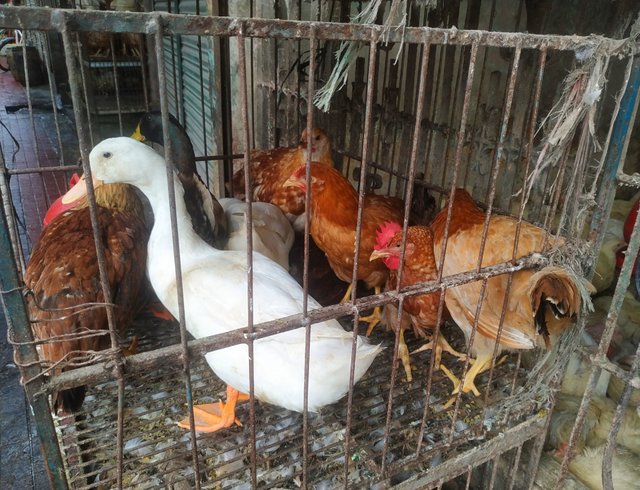
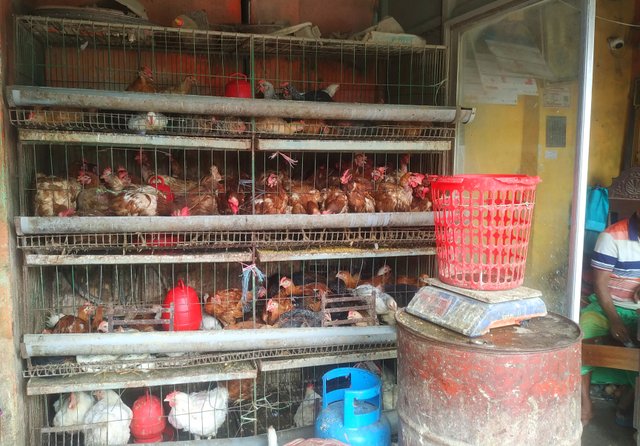
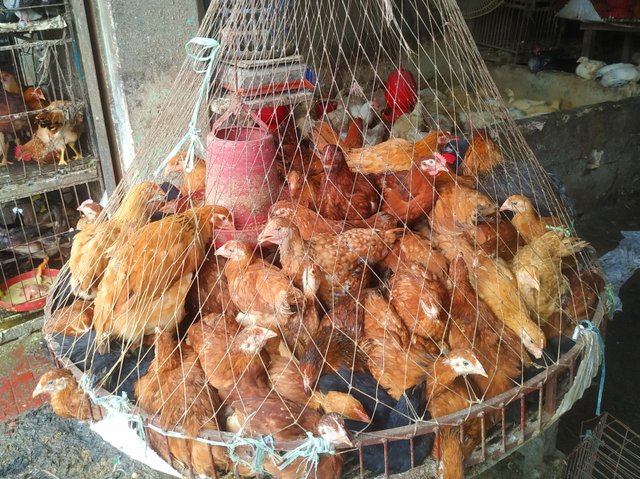
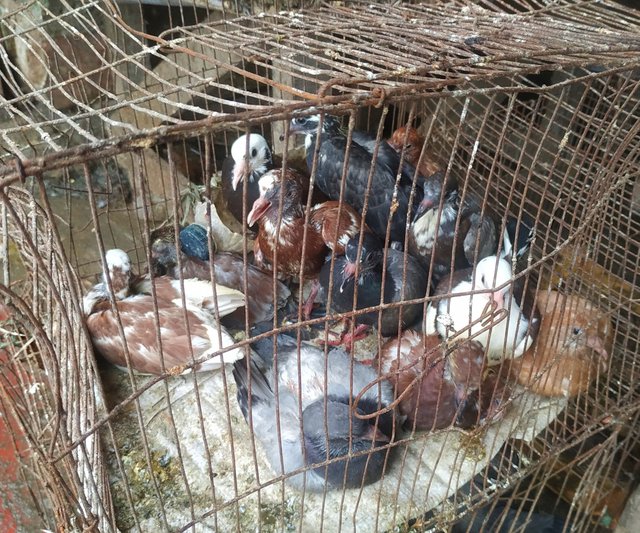
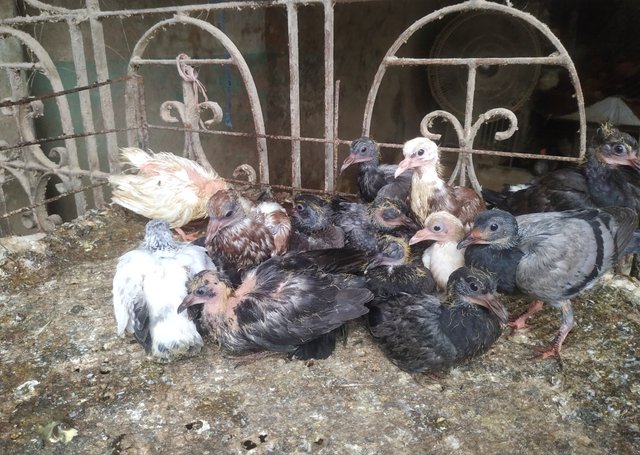
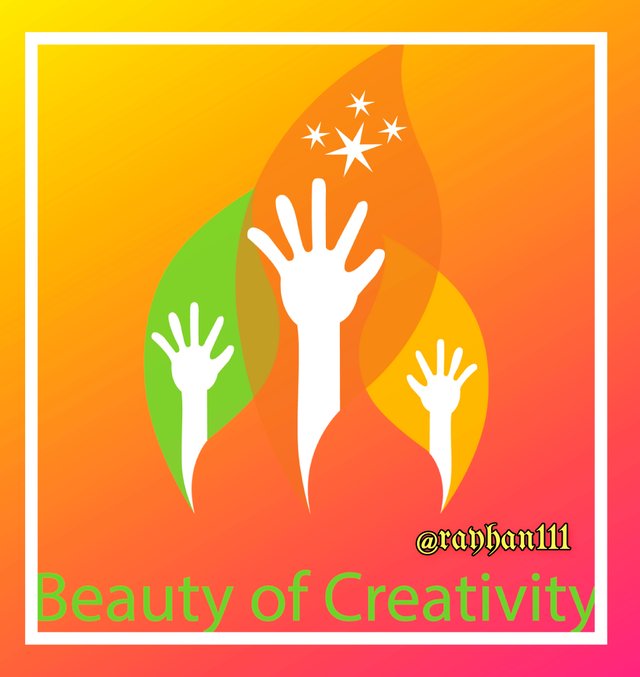
https://x.com/rayhan111s/status/1967660290105049273?t=fHA8XGbv2ExHtyRH6G8mMw&s=19
Hi,
Thank you for sharing these pictures with us. I'm from the other side of the world, and Europeans are shocked by such images. Animal welfare organizations would shut down such a market here. In your photos, animals sit in steel cages without straw on the floor, without water, and many of the animals look sick. The question is, how long do these animals have to endure in these cages or in this net? How does a chicken feel with so little space, when it actually wants to run around and peck at grains? The suffering must be immense.
Since 2010, cage farming has been banned in Germany. Unfortunately, in areas of poverty, animals are mistreated. I always imagine how I would feel if I had to sit in such a cramped cage, but most poor people lack empathy for other living beings. Sad.
Greetings from Anja